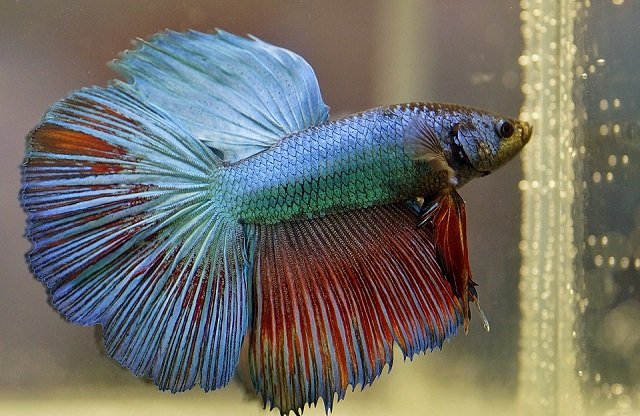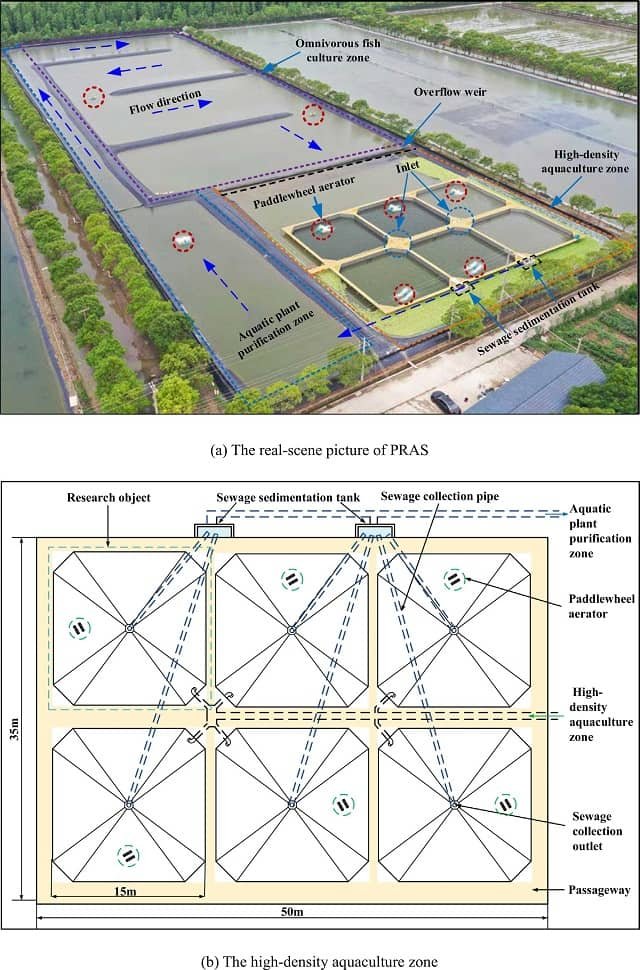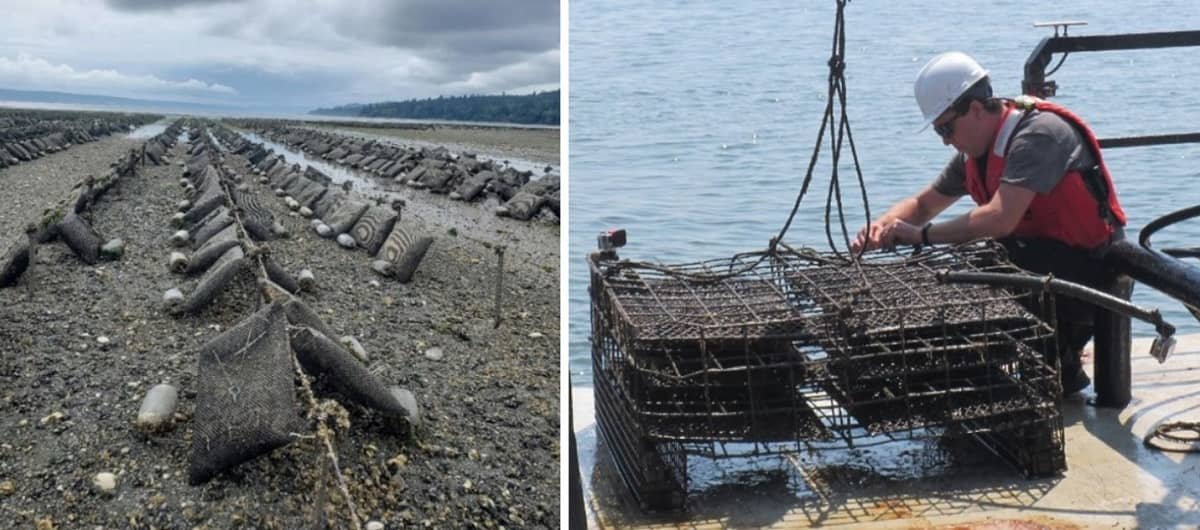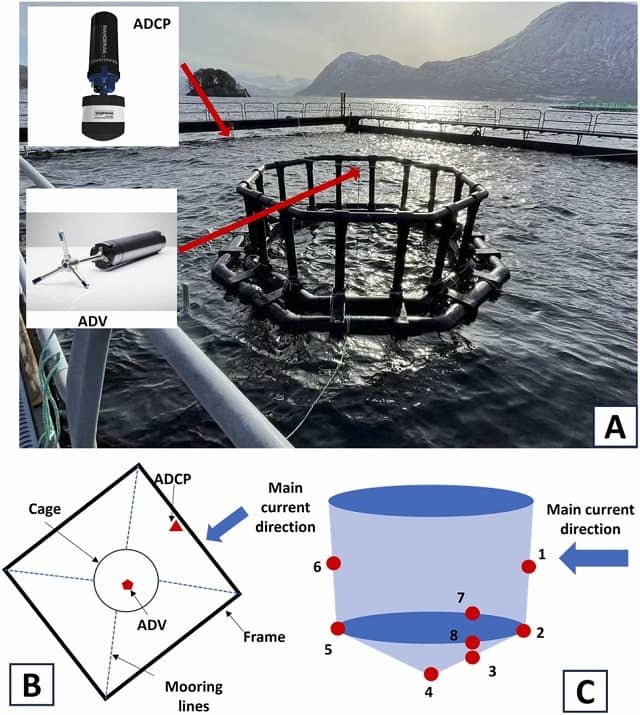
The structural integrity and operational safety of cages used in aquaculture critically depend on how they interact with ocean forces, especially currents. The resistance or drag exerted by a submerged net constitutes the largest part of the total hydrodynamic loads on the cage, accounting for nearly 85% in traditional designs. Thoroughly understanding these loads is not just a matter of efficient design, but a necessity to ensure the safety and applicability of culture cages.
Despite its importance, there is a need for further research into how various parameters—net materials, mesh type, solidity ratio, and angle of attack relative to the current—influence these hydrodynamic loads. A recent study, published by researchers from the Taihu Laboratory of Deepsea Technological Science, the China Ship Scientific Research Center, and Harbin Engineering University, has focused precisely on unraveling these relationships through controlled flow tank tests, offering valuable data for the sector. This article translates those key findings into accessible language, highlighting their practical implications for aquaculture professionals.
How were loads on nets investigated?
To understand how different types of nets behave under the influence of currents, researchers conducted a series of experiments in a flow tank. The objective of the study, published in the journal Scientific Reports, was to measure the drag force on six different types of net panels, varying both the speed and direction of the current.
The researchers selected nets that differed in:
- Material: Copper, steel, nylon, and polyethylene (PE).
- Mesh shape: Diamond (rhomboidal) and square.
- Geometric characteristics: Such as twine diameter and length, resulting in different solidity ratios (the proportion of the total net area blocked by the twines).
The net panels were stretched over a square frame to minimize deformation by the current and were completely submerged. A three-dimensional sensor measured the forces exerted on the assembly (frame and net). They then subtracted the force measured on the frame alone to obtain the net load on the net panel.
Furthermore, the researchers tested different current speeds, from 0.3 m/s to 1.5 m/s. Additionally, two main angles of attack (AOA) were evaluated: 90° (when the net is perpendicular to the current) and 45° (inclined). These experiments, although quasi-static in nature (gradual changes in flow conditions), allow for the simulation of operational conditions for the nets.
What factors truly influence net resistance?
The study results reveal that the resistance and drag coefficient of a net do not solely depend on the current speed and exposed area, but also on the mesh shape, solidity ratio, and material properties.
- Current speed: As expected, net resistance increases with flow speed, following a quadratic relationship. This means that small increases in speed can generate substantial increases in force.
- Mesh shape: This factor has a significant impact. Diamond-shaped mesh nets experienced resistance between 1.5 and 1.7 times greater than square-mesh nets, even with similar solidity ratios and materials. This is consistent with other studies that reported a 1.6-fold increase. The drag coefficient was also higher for diamond meshes. Possible explanations include differences in the wake formed behind the net and how the square mesh reconfigures in response to the flow.
- Solidity ratio (Sn): The solidity of the net (how much space the net material occupies relative to the openings) influences resistance more than the material type itself, in some cases. For example, there was a negligible difference in resistance between a copper net (N1, Sn=0.31) and a steel net (N2, Sn=0.29) with similar solidity. Interestingly, the effect of solidity on the drag coefficient varies depending on the mesh shape: for diamond meshes, the drag coefficient decreases as solidity increases; for square meshes, it increases.
- Net material and flexibility: Although solidity can be more dominant, the material matters, especially due to its flexibility. The nylon net (N3), despite having a 14% lower solidity than a steel one (N4), showed a force difference of only 0.6%. This suggests that the flexibility of nylon and its potential for deformation under current increase resistance. Deformation can increase the effective wetted surface area and alter the net’s interaction with the water, expanding the turbulence region around the twines and, consequently, the drag. Nylon nets also showed higher drag coefficients compared to steel and polyethylene nets of similar solidity.
- Angle of attack (AOA): This is one of the most influential factors. Reducing the angle of attack from 90° (perpendicular to the flow) to 45° resulted in a substantial reduction in resistance: approximately 50% for diamond-mesh nets and between 25-35% for square-mesh nets. A lower AOA presents a smaller frontal area to the flow, modifies the flow pattern, and extends the wake region with lower velocity, thereby decreasing the overall drag coefficient. The drag coefficient decreases as the AOA is reduced, and the magnitude of this reduction depends on the mesh shape.
In summary, diamond-mesh nets generate more resistance than square ones. A higher angle of attack and greater solidity also increase fluid loads. Nylon material can increase resistance due to net deformation and the expansion of turbulence.
Stay Always Informed
Join our communities to instantly receive the most important news, reports, and analysis from the aquaculture industry.
Implications for design and operation in aquaculture
The study’s findings have direct implications for the design and selection of nets in aquaculture facilities:
- Mesh type selection: For environments with strong currents, square-mesh nets might be preferable to diamond-mesh nets due to their lower hydrodynamic resistance, assuming other factors like fish containment and biofouling are comparable.
- Material consideration: While rigid materials like steel or copper can offer durability, the flexibility of nylon can be a disadvantage in terms of hydrodynamic loads if deformation is significant. The choice of material must balance strength, durability, cost, handling, and its hydrodynamic behavior.
- Design according to solidity: Lower solidity generally implies lower resistance, but this must be balanced with the need to contain cultured organisms and resist damage. The study shows that the relationship between solidity and drag coefficient is not simple and depends on the mesh shape.
- Cage orientation: If possible, orienting cages or net panels to present a smaller angle of attack to predominant currents could significantly reduce loads on structures and mooring systems.
- Prediction models: The study also compared experimental data with several existing theoretical models for predicting drag coefficients. It was found that no single model accurately predicts the drag coefficient for all types of nets.
- The Zhan et al. model is effective for diamond-mesh nets with Reynolds numbers between 400 and 2000.
- For square-mesh nylon nets with intermediate solidity (0.2 < Sn < 0.8), the models by Balash et al. and Milne are more accurate.
- The DeCew et al. model is more suitable for steel nets.
- For square-mesh nets with low solidity (Sn < 0.2), only the Aarsnes et al. model offers errors below 20%. This information is crucial for engineers and designers when selecting the most appropriate model according to the net type and specific conditions, improving accuracy in load calculations.
Conclusion
Research on hydrodynamic loads on different types of aquaculture nets provides fundamental data for optimizing cage design and ensuring their operational capability. Factors such as mesh shape, solidity, material, and angle of attack to the current play a determining role in the magnitude of these forces.
Understanding that diamond meshes offer greater resistance than square ones, that nylon’s flexibility can increase drag due to deformation, and that the angle of attack is a potent modifier of loads, allows for more informed decisions.
Furthermore, the validation of predictive models according to net type and operating conditions helps refine engineering calculations, contributing to safer, more durable, and economically viable structures for the growing aquaculture sector. The continuation of such research is key to addressing the challenges of an expanding industry.
Contact
Yuji Miao
Taihu Laboratory of Deepsea Technological Science
Wuxi, Jiangsu, China
China Ship Scientific Research Center
Wuxi, Jiangsu, China
Email: miaoyuji@cssrc.com.cn
Reference (open access)
Xu, L., Miao, Y., Wu, X., Li, P., & Qin, H. (2025). Experimental investigation on loads of nets with different types under current. Scientific Reports, 15(1), 1-11. https://doi.org/10.1038/s41598-025-99615-3
Editor at the digital magazine AquaHoy. He holds a degree in Aquaculture Biology from the National University of Santa (UNS) and a Master’s degree in Science and Innovation Management from the Polytechnic University of Valencia, with postgraduate diplomas in Business Innovation and Innovation Management. He possesses extensive experience in the aquaculture and fisheries sector, having led the Fisheries Innovation Unit of the National Program for Innovation in Fisheries and Aquaculture (PNIPA). He has served as a senior consultant in technology watch, an innovation project formulator and advisor, and a lecturer at UNS. He is a member of the Peruvian College of Biologists and was recognized by the World Aquaculture Society (WAS) in 2016 for his contribution to aquaculture.




